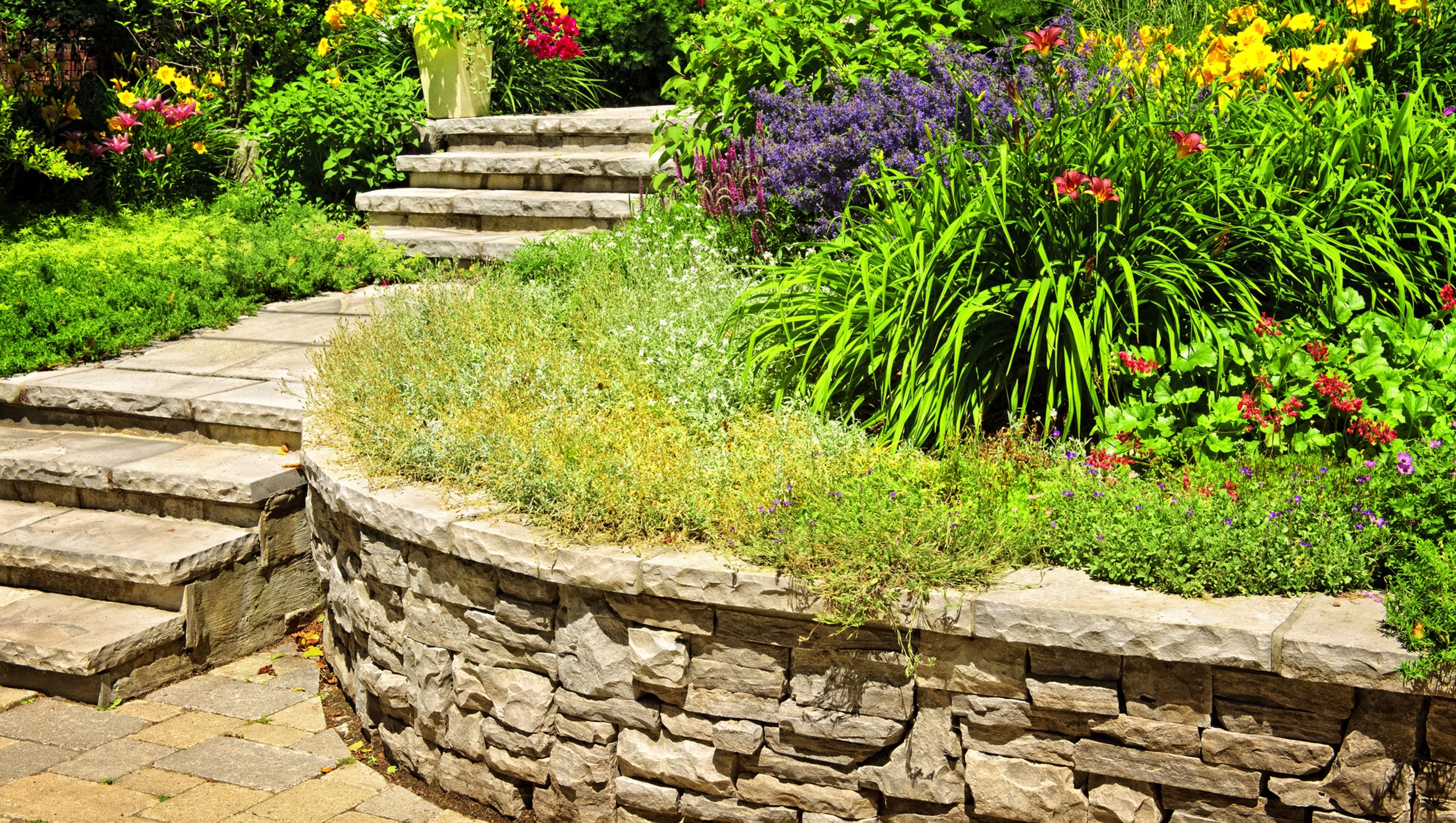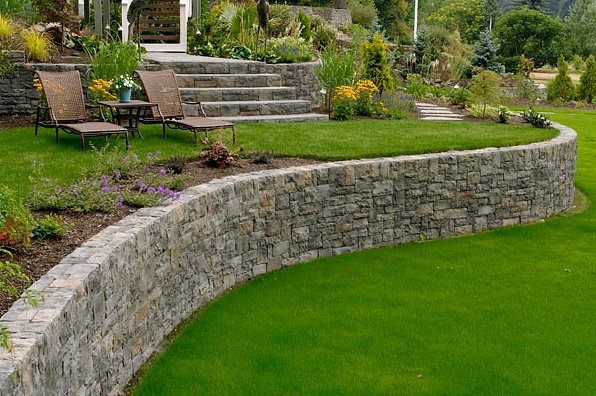Retaining Wall And Garden Wall Construction Things To Know Before You Get This
Table of ContentsThe 10-Minute Rule for Retaining Wall And Garden Wall ConstructionThe Greatest Guide To Retaining Wall And Garden Wall ConstructionThe Retaining Wall And Garden Wall Construction PDFsWhat Does Retaining Wall And Garden Wall Construction Do?
If this slope is not controlled, the wall surface will relocate or stop working. Rainwater that escapes the top of a preserving wall can damage the dirt and plants on either side, deteriorating them away. Drain systems divert this water from vulnerable locations, decreasing the influence to the framework and its environments.
It's been said fifty percent of all the problems with maintaining walls include drainage and also water issues, as well as keeping water out of these wall surfaces is a big one. If it's dry, there's little to no chance any kind of greenery can hold - Retaining Wall And Garden Wall Construction. An appropriately designed as well as mounted system will keep your wall surface dry, conserving you cash on maintenance and substitute prices.
All keeping wall surfaces need to include water drainage stone even if a draining pipes pipe is not called for. Place filter textile above the drainage stone and also listed below the topsoil. That stops great material as well as natural issue from blocking up the drain rock.

Retaining Wall And Garden Wall Construction - An Overview
This damage can be expensive to fix, and also a properly mounted drainpipe would have stopped it (Retaining Wall And Garden Wall Construction).

A keeping wall surface that preserves soil on the behind as well as water on the frontside is called a seawall or a bulkhead. A keeping wall is made to keep in location a mass of planet or the like, such as the side of a terrace or excavation. The framework is constructed to stand up to the lateral pressure of dirt when there is a desired adjustment in ground elevation that goes beyond the angle of repose of the soil.

These are cantilevered from a footing and rise over the quality on one side to maintain a higher level quality on the contrary side. Retaining Wall And Garden Wall Construction.
A Biased View of Retaining Wall And Garden Wall Construction
This decrease decreases the pressure on the keeping wall surface. (phi) and also the cohesive stamina (c) of the preserved material, as well as the direction as well as size of activity the retaining structure goes through.
Water drainage materials will minimize or remove the hydrostatic stress and also improve the stability of the material behind the wall surface. Drystone preserving wall surfaces are normally self-draining. As an example, the International Building Regulations needs preserving wall surfaces to be designed to make sure security against reversing, moving, excessive foundation pressure and water uplift; which they be developed for a security element of 1. Different types of preserving wall surfaces Construction kinds of gravity retaining walls Gravity wall surfaces rely on their mass (rock, concrete or various other hefty product) to withstand pressure from behind and may have a 'batter' problem to enhance stability by leaning back toward the maintained dirt. For brief landscape design wall surfaces, they are typically made from mortarless rock or segmental concrete devices (stonework units).
These walls cantilever loads (like a beam of light) to a big, architectural ground, transforming straight pressures from behind the wall to upright pressures on the ground listed below. In some cases cantilevered wall surfaces are upheld on the front, or consist of a counterfort on the back, to boost their stamina resisting high loads. Buttresses are short wing walls at right angles to the main fad of the wall surface. This sort of wall surface utilizes much less product than a typical gravity wall. Diaphragm walls are a kind of preserving wall surfaces that are very stiff and also usually watertight. Diaphragm wall surfaces are costly walls, yet useful source they conserve time as well as space, and also for this reason are utilized in city constructions. Sheet heap maintaining walls are generally utilized in soft soil and also tight rooms.
For a fast estimate the product is usually driven 1/3 above ground, 2/3 listed below ground, but this might be modified depending upon the setting. Taller sheet pile walls will certainly require a tie-back anchor, or "dead-man" put in the dirt a distance behind the face of the wall, that is connected to the wall surface, typically by a cord or a pole.
A Biased View of Retaining Wall And Garden Wall Construction
A secured maintaining wall surface can be created in any one of the abovementioned designs yet additionally consists of extra stamina utilizing cords or various other remains anchored in the rock or soil behind it. Typically driven into the material with boring, supports are after that broadened at the end of the cord, either Recommended Reading by mechanical my site ways or usually by infusing pressurized concrete, which increases to create a light bulb in the dirt.
Comments on “The smart Trick of Retaining Wall And Garden Wall Construction That Nobody is Discussing”